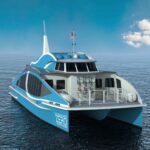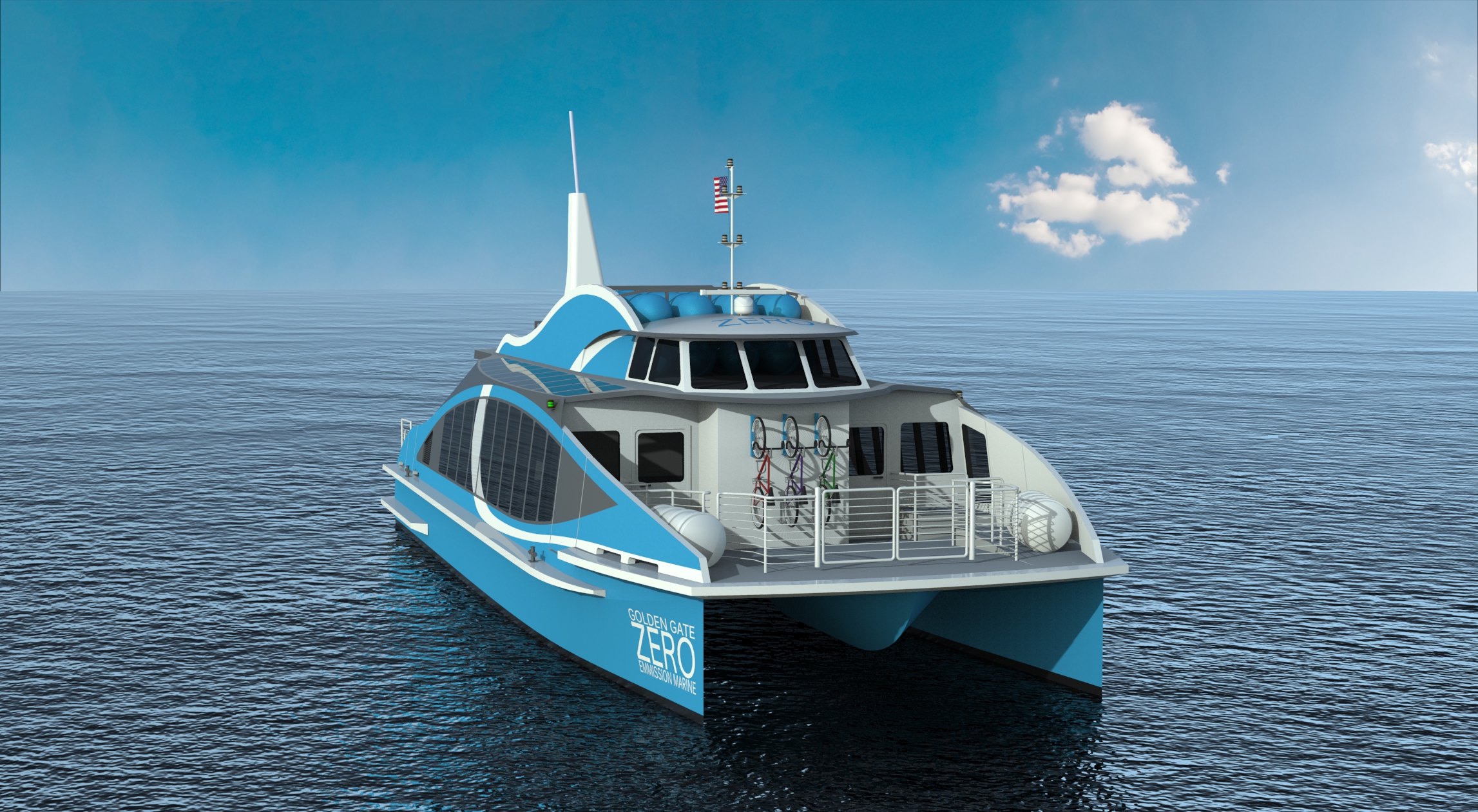In the realm of maritime transport, the quest for enhanced performance and efficiency has led to significant advancements in fuel technology. One such cutting-edge solution that has gained prominence is BOOSTane, a revolutionary additive that promises to elevate marine engines’ capabilities to new heights. As the demand for high-performance fuels continues to surge, it’s crucial to explore both the opportunities and challenges associated with this innovative product.
BOOSTane is a specially formulated fuel additive designed to enhance the octane rating and combustion properties of traditional gasoline. The integration of BOOSTane into marine applications offers vessel owners and operators an enticing prospect of improved power output, optimized fuel economy, and reduced emissions. By elevating the fuel’s octane level, BOOSTane helps prevent engine knocking and allows for more efficient ignition, ultimately translating into enhanced performance on the water.
One of the primary advantages of BOOSTane-infused fuels is their adaptability to a wide range of marine engines. Whether it’s recreational boats, commercial vessels, or even high-performance racing craft, the benefits of incorporating BOOSTane are evident across the board. The additive’s ability to unlock additional horsepower while maintaining engine reliability is a game-changer, attracting the attention of marine enthusiasts and professionals alike.
However, with every technological stride, challenges also emerge. One notable concern pertains to the compatibility and longevity of marine engines when exposed to BOOSTane-enhanced fuels. While the additive promises remarkable benefits, manufacturers and operators need to ensure that their engines are designed to handle the altered combustion dynamics. Long-term studies are essential to validate the durability of BOOSTane-treated engines under various operating conditions.
Another hurdle is the procurement and distribution of BOOSTane itself. As this innovation gains traction, establishing a robust supply chain to meet the demand becomes paramount. Efficient distribution networks and availability of the additive will determine its feasibility as a practical solution for marine applications on a larger scale.
In conclusion, the rise of high-performance fuels like BOOSTane marks a significant leap forward in the maritime industry. The potential advantages, including enhanced power output and improved fuel efficiency, are compelling. However, the challenges surrounding engine compatibility and supply chain management must be navigated adeptly. As research and development in this field continue, stakeholders will undoubtedly work towards refining BOOSTane and maximizing its benefits for the marine sector. The voyage towards high-performance marine applications is indeed on the horizon, with BOOSTane steering the way towards a more efficient and powerful future.





